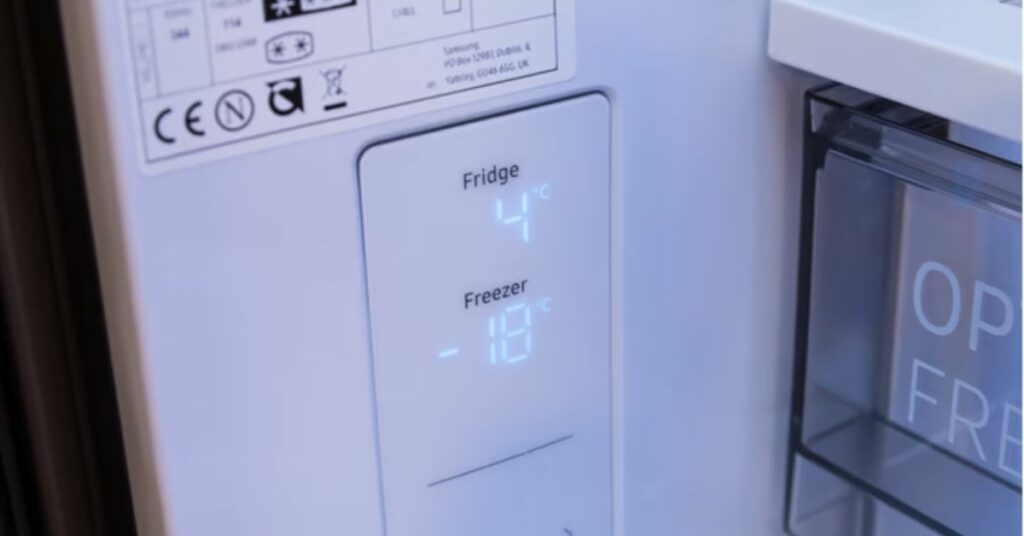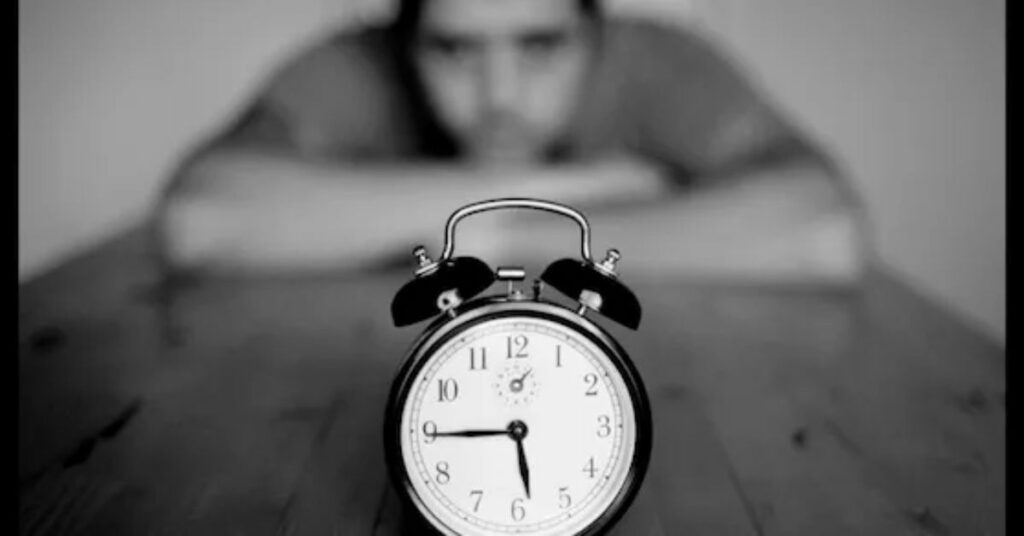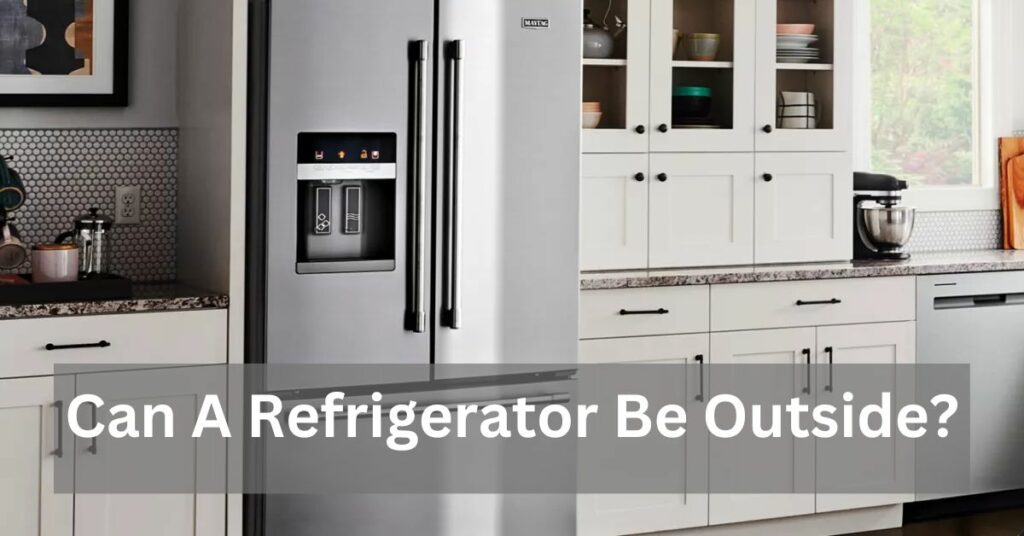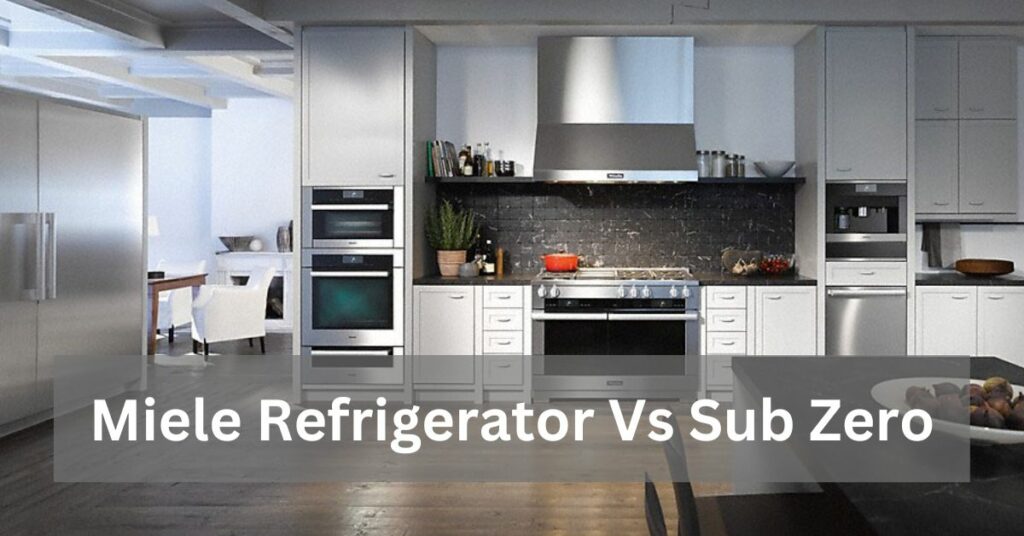The million-dollar question: what time does it require to thaw a brisket in the refrigerator?
The response lies in the size of your brisket. For every 5 pounds of brisket, allow at least 24 hours to thaw in the refrigerator.
In this approachable guide, we set out to simplify the process of thawing frozen brisket in the refrigerator, ensuring that your culinary masterpiece gets off to a good start.
Understanding the Importance of Thawing:
A crucial step in the preparation of brisket is thawing. A very much defrosted brisket guarantees, in any event, cooking and adds to the delicacy and succulence that brisket devotees long for.
At the same time, there are different techniques to defrost meat, including utilizing a microwave or cold water shower and the more relaxed strategy rules for its capacity to keep a protected and reliable temperature.
Factors Influencing Thawing Time:
1. Size of Brisket:
The amount of time it takes to thaw depends significantly on the size and weight of the brisket. Bigger briskets will generally take more time to defrost than more modest ones.
2. Defrosting Technique:
Defrosting in the refrigerator is a slow cycle, yet techniques like virus water or microwave defrosting may facilitate the interaction. The picked technique will affect the general defrosting time.
3. Refrigerator Temperature:

The temperature setting of the refrigerator is urgent. Lower temperatures, more like 34-38 degrees Fahrenheit (1.1-3.3 degrees Celsius), advance protection, and slow defrosting.
4. Consistent Thickness:
If the brisket has a uniform thickness, it will, generally, defrost all the more equitably. Some parts may thaw faster than others due to irregular thickness.
5. Air Dissemination:
Appropriate air course inside the refrigerator is fundamental for reliable defrosting. Guarantee that there is space around the brisket for air to course.
6. Refrigerator Condition:
The productivity of the refrigerator, including its age and condition, can impact defrosting time. Keeping up with refrigerators with legitimate cooling capacities will defrost food all the more successfully.
7. Introductory Temperature:
The brisket’s starting temperature can affect how long it takes to thaw. Assuming the brisket is somewhat frozen, it will require less investment to defrost than if it is frozen.
8. Room Temperature:
Thawing can be affected by the room temperature outside the refrigerator. Hotter rooms may speed up the cycle.
Read More: Can A Refrigerator Be Outside?-Advantages And Benefits
The Thawing Process:
1. Prepare:
Thawing necessitates some foresight. Calculate your thawing time and store the brisket in the refrigerator well in advance if you plan a weekend barbecue feast.
2. Safely Wrap the Brisket:
A cordial tip is to safely wrap your brisket before setting it in the refrigerator. Utilize plastic wrap or aluminium foil to seal in dampness and forestall any likely cross-pollution.
3. Position on the Bottom Shelf:
Place the wrapped brisket on the lowest refrigerator shelf. That limits the gamble of juices trickling onto different things and guarantees a steady and controlled defrosting climate.
4. Keep waiting:

Defrosting brisket is an example of tolerance. Oppose the impulse to accelerate the cycle with elective strategies, as the refrigerator strategy ensures a protected and slow defrost.
5. Take a look at Occasionally:
Adjust the position or placement if you observe any juice pooling to avoid cross-contamination.
6. Get ready for the Culinary Experience:
Plan your culinary adventure during the graceful thawing of your brisket. Consider marinating or preparing the brisket daily before the cooking party for an additional increase in flavour.
Read More: Po Error Code Kitchenaid Refrigerator-DIY Fixes
Potential Issues:
1. Broadened Defrosting Time:
Defrosting a brisket in the refrigerator can be a sluggish cycle, taking time, particularly for more significant cuts. That might present difficulties if arranging a feast without prior warning.
2. Lopsided Defrosting:
Enormous or unpredictably moulded briskets may not defrost consistently. This can bring about certain bits being somewhat frozen while others influence the cooking system.
3. Restricted refrigerator Space:
Defrosting an enormous brisket requires adequate room in the refrigerator. More space might thwart legitimate air flow, prompting lopsided defrosting or more slow advancement.
4. Refrigerator Temperature Variances:
Conflicting refrigerator temperatures because of a flawed indoor regulator or successive entryway openings can influence the viability of defrosting. Checking is vital to keep up with stable refrigerator conditions.
5. Hazard of Bacterial Development:

If a brisket is too slow, the surface may reach the danger zone (40-140 degrees Fahrenheit, or 4-60 degrees Celsius), encouraging the growth of bacteria. Following safe defrosting rehearses is fundamental to forestall foodborne diseases.
Troubleshooting the Thawing Journey:
Even though the refrigerator method is a reliable companion during the brisket thawing process, there may be occasional issues.
Here are some amicable investigating tips:
1. The Last-Minute Situation:
If things fall into place for you, consider utilizing the virus water shower strategy as a last-minute salvage. Place the safely enclosed brisket in a sealed plastic sack and lower it in cool water. Change the water at regular intervals to guarantee a protected defrost.
2. Surprising Visitors:
Companions dropping by startlingly? Choose the microwave defrosting technique for a speedier arrangement. However, remember that this method necessitates immediate cooking after thawing to maintain food safety.
3. The Refreezing Problem:
If you need to refreeze your brisket, you can do so after it has thawed in the refrigerator. In any case, remember that it’s desirable to continue with cooking.
Read More: Can You Put A Mini Refrigerator On Carpet?-Complete Guide
Faqs:
1. How long does it take to defrost a brisket in the ice chest?
A 10-12-pound brisket will require 2-3 days to defrost in the refrigerator.
2. Can a frozen brisket be left out overnight?
The FDA’s standard is that food (particularly meat) should spend around 4 hours at room temperature.
3. Can frozen brisket be cooked?
Indeed, you can cook a frozen brisket without defrosting it first.
4. Does freezing brisket influence quality?
Freezing a new brisket before smoking won’t diminish the nature of the completed item If it is frozen and defrosted appropriately.
Conclusion:
In conclusion, thawing a brisket in the refrigerator requires patience and careful planning. The time it takes to defrost a brisket relies on variables like size, the refrigerator temperature, and the preferred defrosting strategy.
While this approach guarantees protected and steady defrosting, it might require a lengthy period, making early arrangement fundamental. The key to achieving even and safe thawing is keeping an eye on the brisket, packaging it correctly, and ensuring the refrigerator is in the best possible condition.




